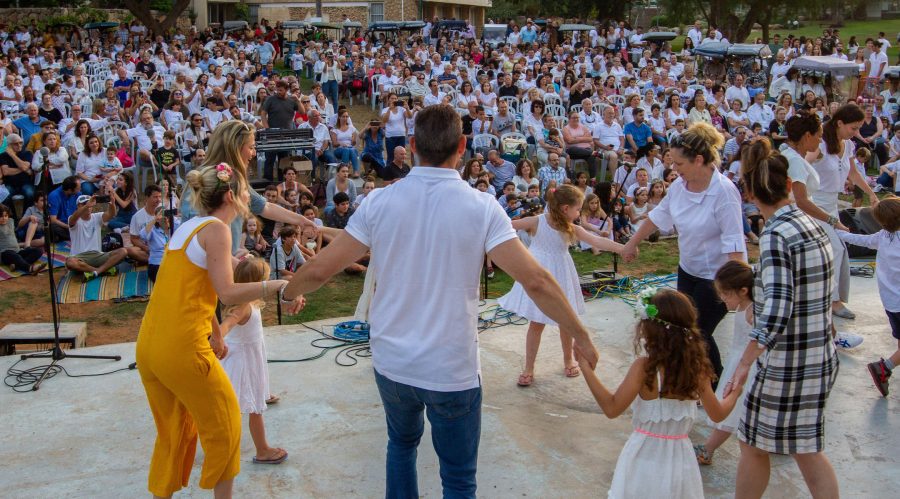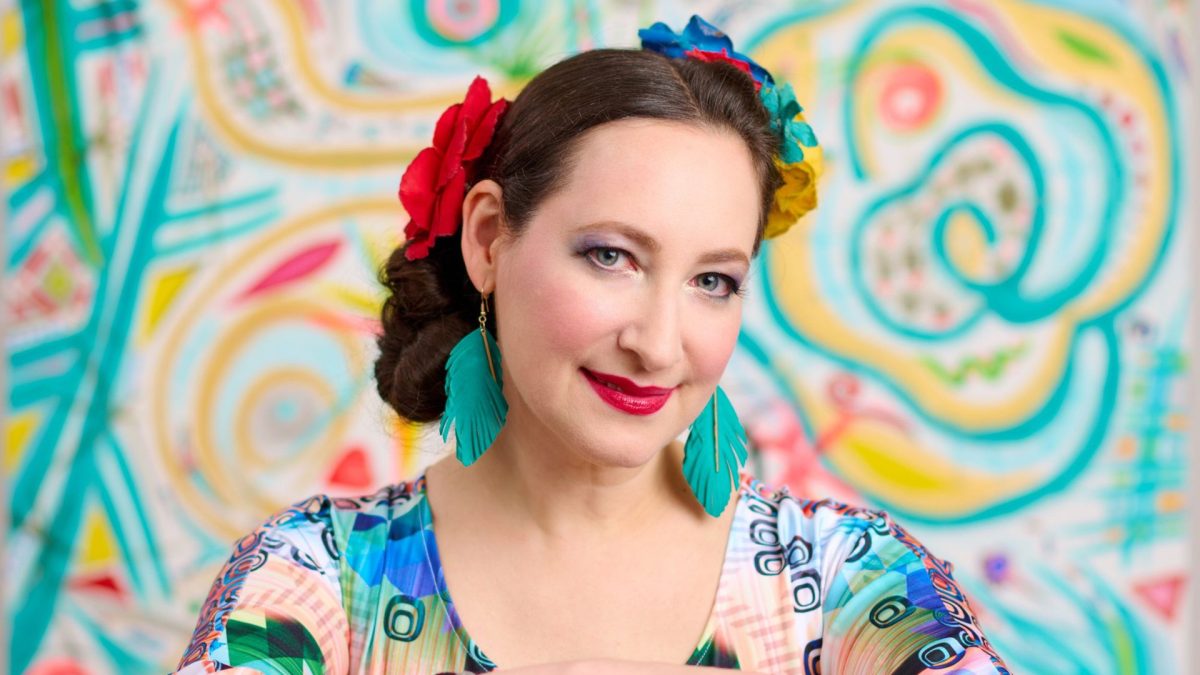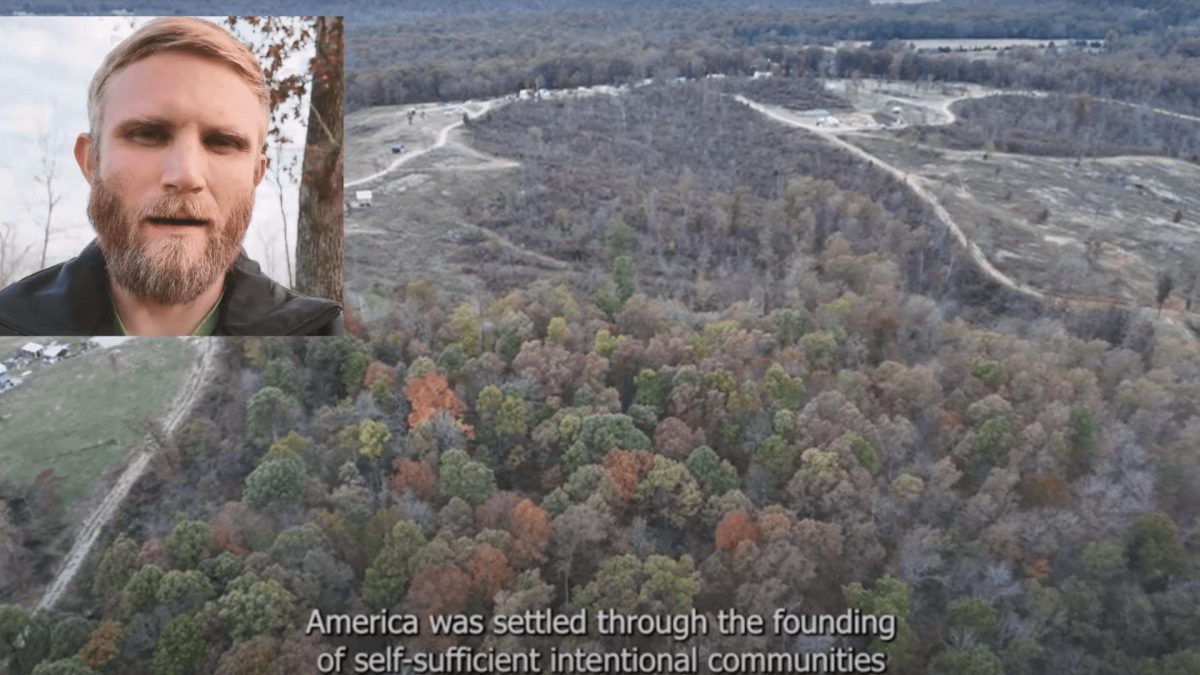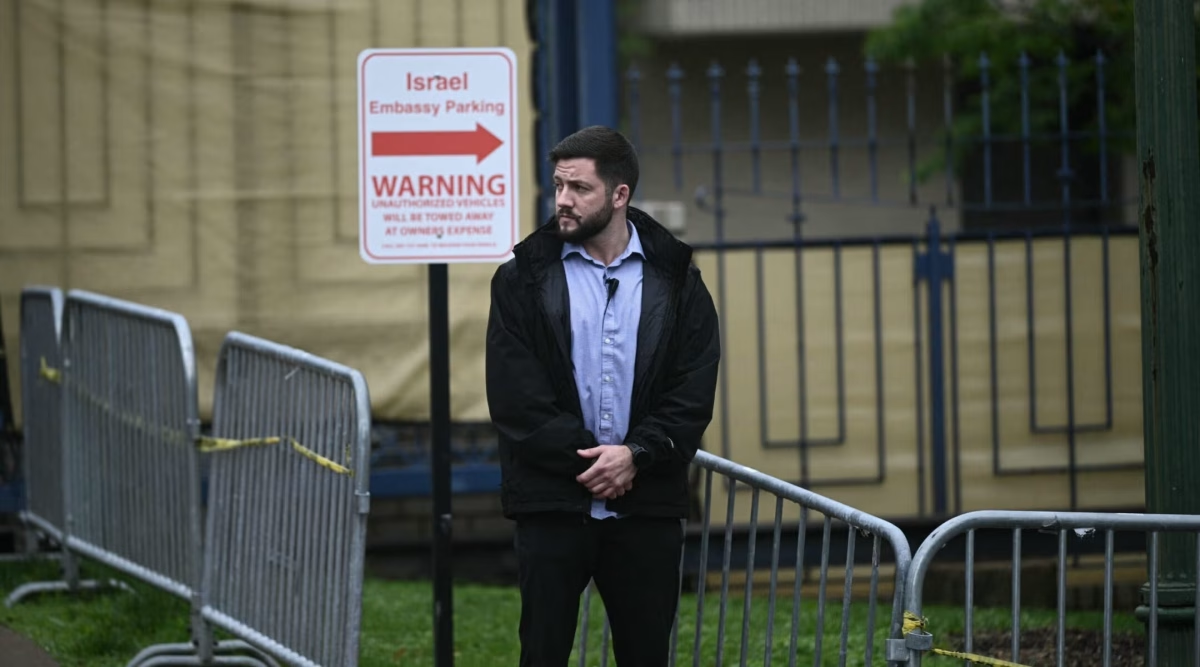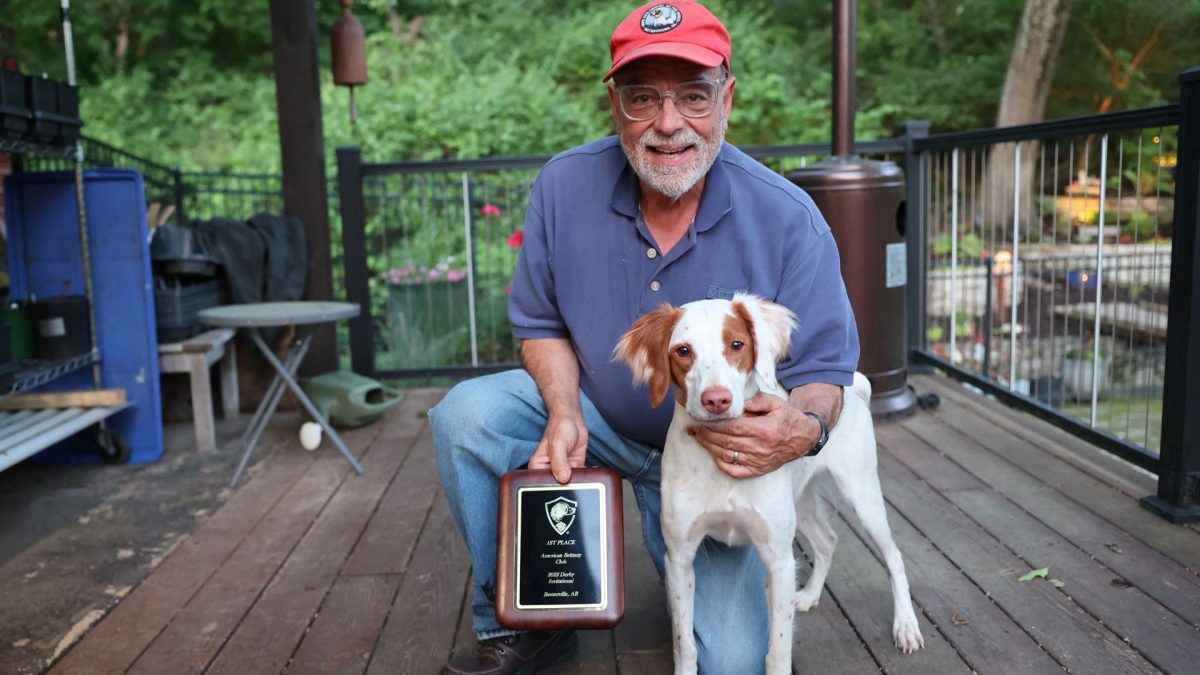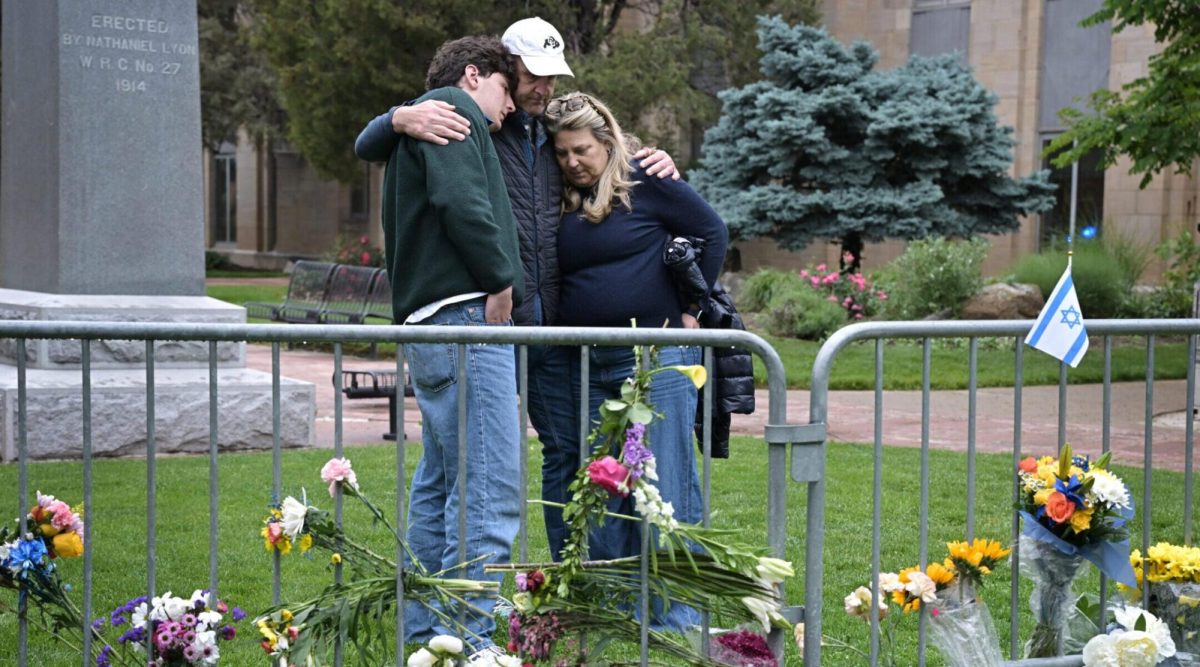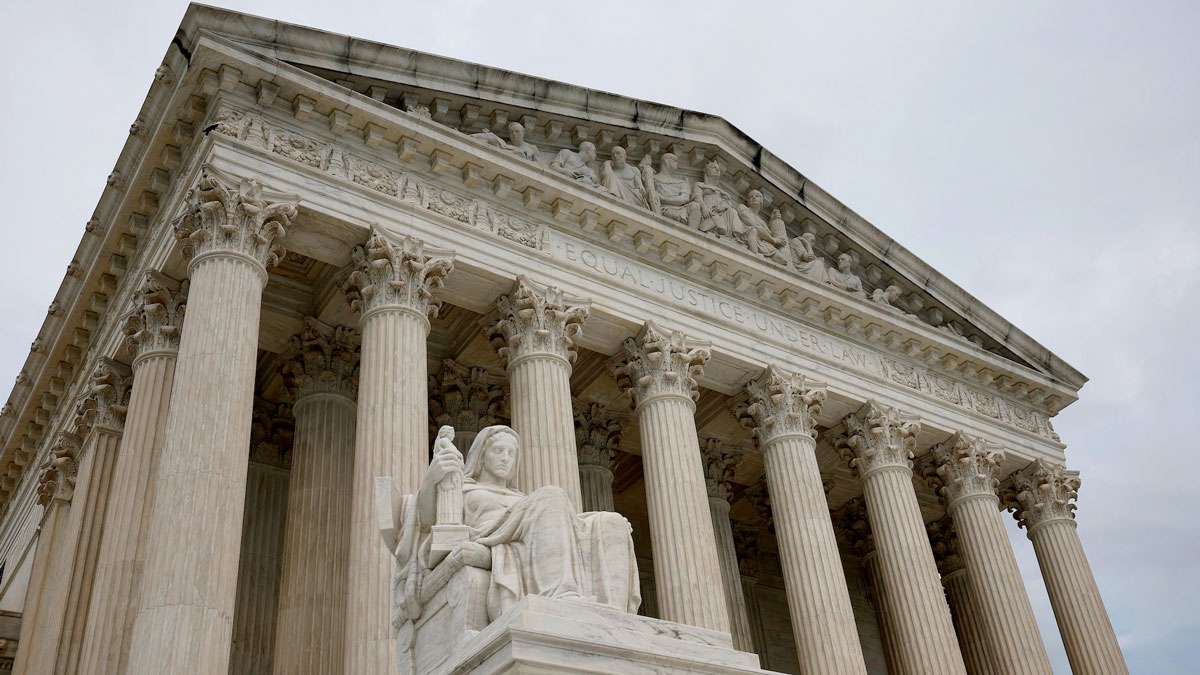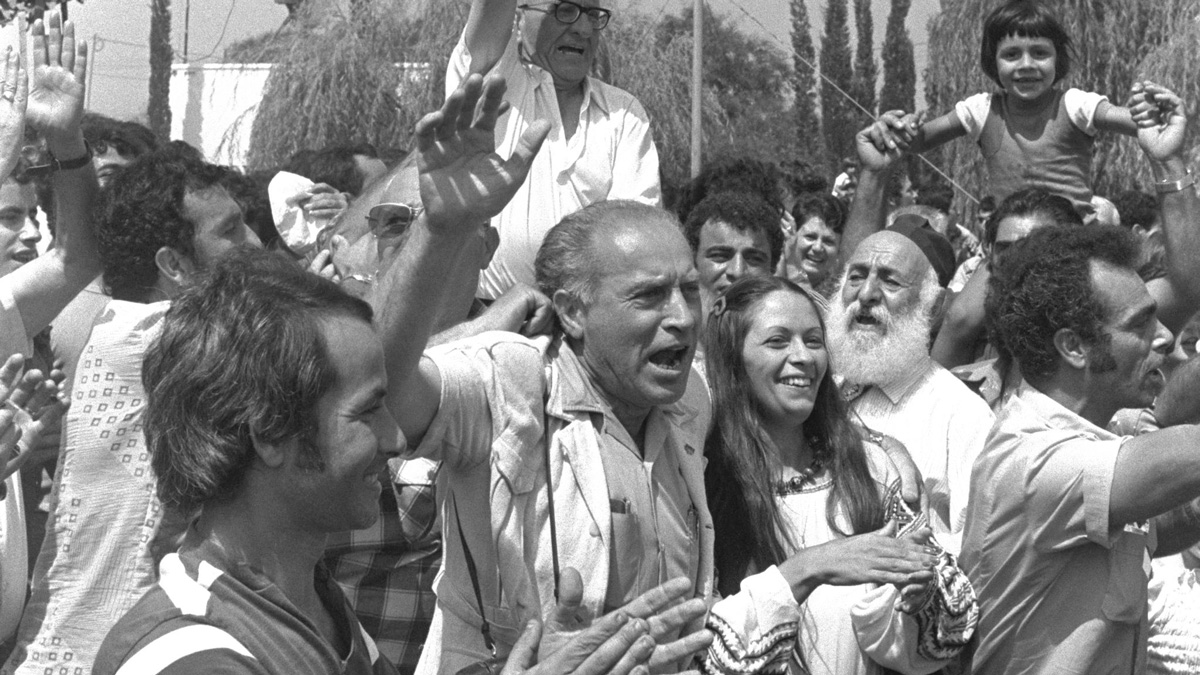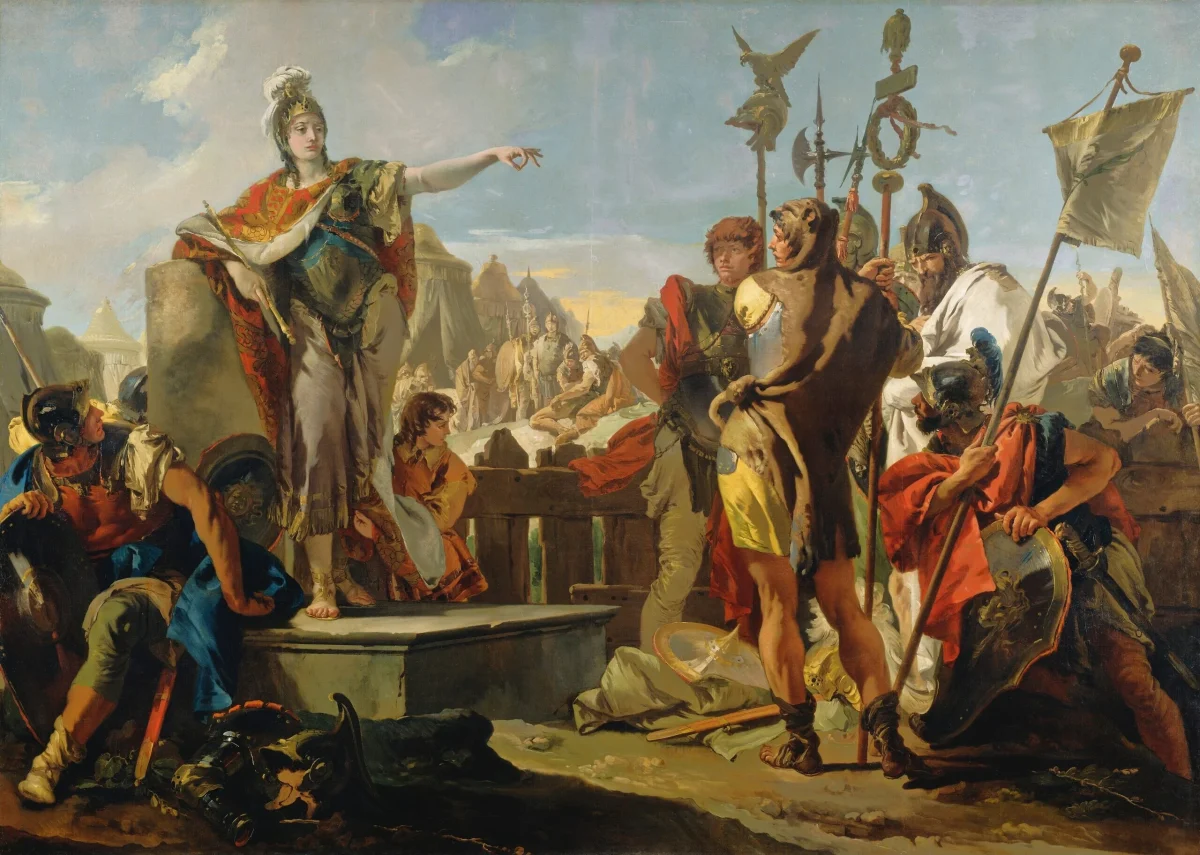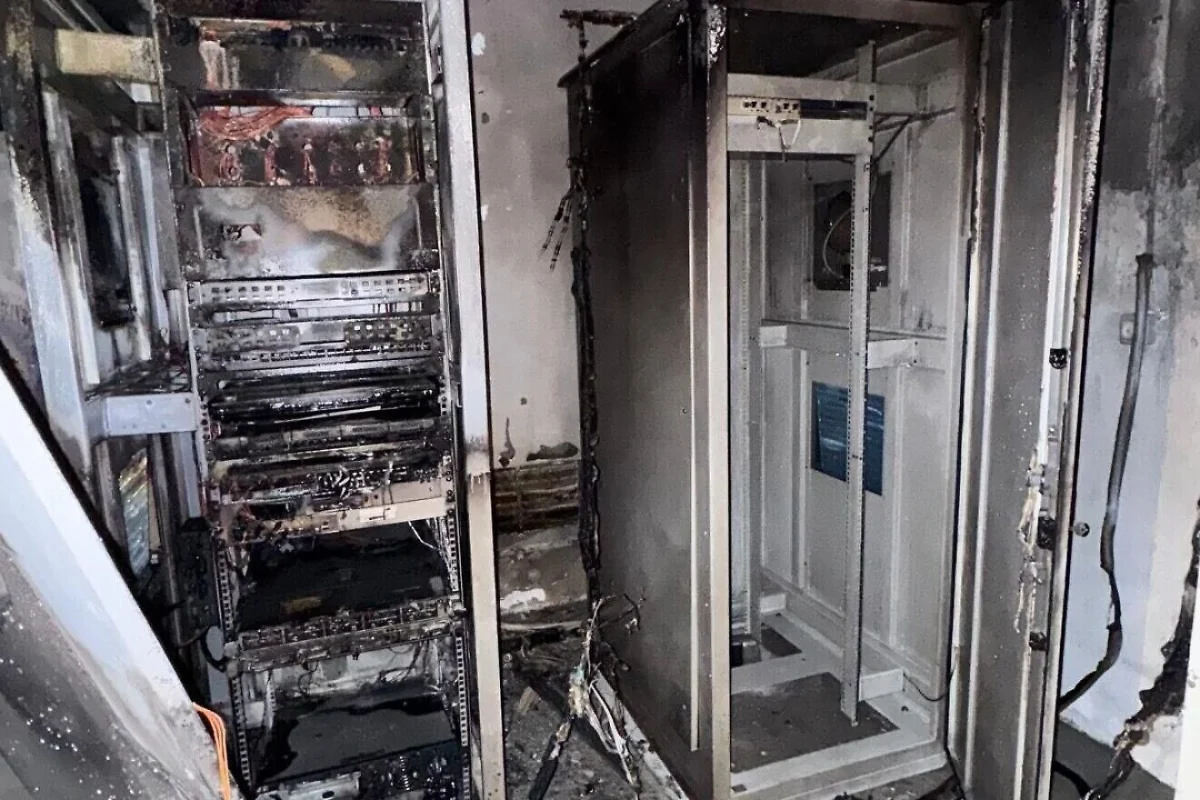KIBBUTZ GINEGAR, Israel (JTA) – As the Gevatron song “Golden Youth” played in an outdoor alcove beneath this farm village’s community center on Wednesday afternoon, choreographer Tamar Danin, 15, gently instructed her charges — a dozen girls, ages 9-13 — on the stretches and tambourine tapping they will be doing at a performance Saturday evening to open the Shavuot holiday.
The dance will be one of eight presented by various age groups, including parents with their babies, at a cultural event expected to draw 500 people.
The audience will sit outdoors and gaze south across the expansive Jezreel Valley, dubbed The Breadbasket of Israel for its many kibbutz and moshav communities, including some of the country’s oldest. Ginegar, which relocated to this fertile region 100 years ago, produces grapefruits, mandarin oranges, olives, cotton, corn, wheat, barley, sorghum, tomatoes, watermelons and avocados.
Shavuot, a Biblical festival celebrating the first fruits and grains of the spring harvest, is the most widely celebrated holiday at Israel’s communal farms, the vast majority of them not religiously oriented.
Communal Shavuot celebrations on kibbutzim generally feature dance performances and parades of residents representing each kibbutz’s departments. Children and adults carry wicker baskets recreating the biblical harvest offerings.
On Shavuot, “the kibbutz identity, especially Jewish identity, is strengthened,” said Ayelet Glass, the society and community department director at the Kibbutz Movement and a resident of Kibbutz Palmahim along the Mediterranean Sea.
The holiday resonates deeply despite the economic and social crises that rocked the kibbutzim in the 1980s and ’90s and prompted such radical shifts as privatization. A movement based on collective principles began allowing people to keep their outside income; closed communal dining rooms, child-rearing and foreign-volunteer programs; and welcomed outsiders to build homes on the grounds without becoming members.
Approximately 190,000 people – just 63,000 of them kibbutz members – now reside in the 248 agricultural villages, said Roi Shabtai, a spokesman for the Kibbutz Movement, which represents 230 of the communities.
Kibbutz residents say that Shavuot celebrations endure by evoking simpler times and appealing to people seeking communal ties in an era of increased individualism.
Want more international stories in your inbox? Sign up for JTA’s Around the World newsletter.
Elsewhere in Israel, observant families connect with the holiday’s celebration of the giving of the Torah at Mount Sinai by learning religious texts throughout the night. Traditional and even secular families gather for dairy meals featuring lasagna, cheese blintzes and cheesecake, in a nod to ancient Israelites’ abstaining from meat after receiving the Torah at Mount Sinai.
Danin, the choreographer, said her friends visit here every Shavuot out of a desire to witness a spectacle absent from their cities and towns.
“They think it’s only a holiday of dairy and cheese,“ she said. “They’re looking for something different to do.”
While Ginegar’s hour-long event remains fairly consistent from year to year, new elements keep it fresh. This Shavuot will feature a concert stage and a plaza lined with kiosks selling homemade foods, fresh juice and snacks. The street fair set-up aims to encourage socializing amongst veteran residents, nonmember residents and visitors from the region and beyond. Light aircraft normally used for fumigating fields will be used for skywriting and aerial stunts.
Several of the additions were introduced by Shimrit Gershon, Ginegar’s cultural coordinator. Gershon moved here with her husband and children 13 years ago and built a home in a new neighborhood dubbed The Expanse — a nickname also employed at other kibbutzim — where nonmembers live. Their homes tend to stand out from the kibbutz’s smaller, older buildings.
While some outsiders, including her neighbors, enjoy the pastoral setting but don’t partake in the communal — some say insular — life of kibbutzim, Gershon says she preferred investing in the community.
“I wanted to fit in, to belong. It’s good to feel connected to something, and it’s fun to meet people of different ages, types and characters,” she said.
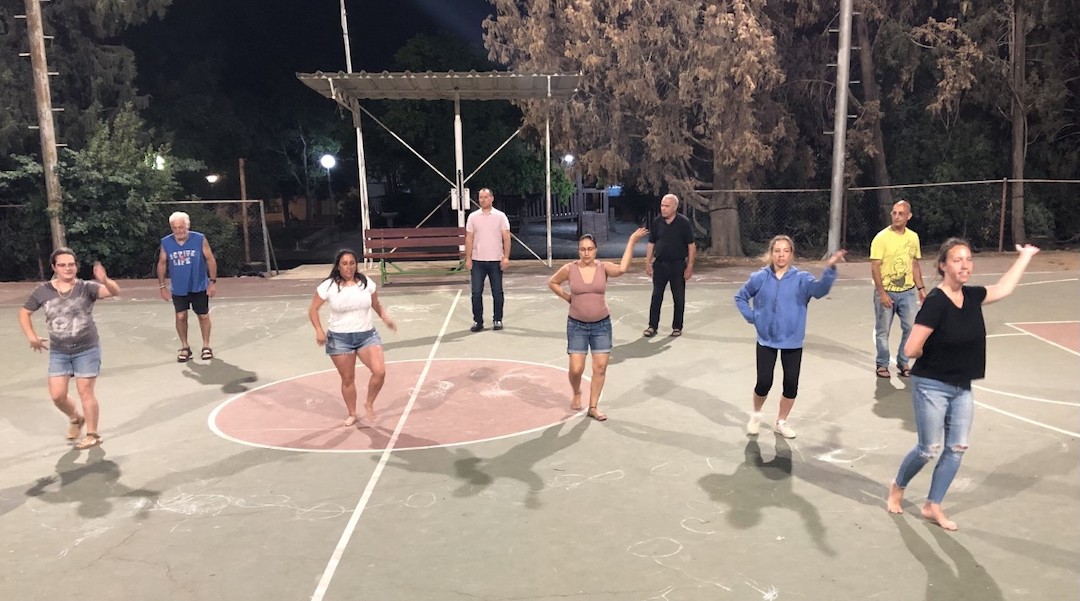
Members of Kibbutz Ginegar rehearse for a Shavuot dance performance. (Hillel Kutler)
Dancers at the afternoon rehearsal included Gershon’s 12-year-old daughter, Orr.
Of the Shavuot event, in which she also participated last year, Orr Gershon said, “I like the atmosphere, the people, the field” setting and the white costume with pink sash she’ll be wearing.
Nonmembers like Gershon offer hope for preserving kibbutzim as cohesive communities, if not socialist enclaves. So, too, do the young people raised on kibbutzim who moved to urban areas following their army service but increasingly are drawn back to the nurturing surroundings to raise their families.
Both groups will be vital to replenish an aging population and to inject new energy.
Even newer terminology indicates a more welcoming attitude, such as the “members with economic autonomy” category for residents of The Expanse.
Maria Sela, 49, who immigrated from Sweden in 1993 and became a full-fledged member through her husband, Ginegar native Oded, estimated that fewer than 150 of the kibbutz’s 800 residents are members. Eighty percent of the 150, she said, are over age 70.
“The Expanse made a huge difference,” said Sela of the neighborhood’s 300 residents. Other kibbutz residents include college students and females performing community service in lieu of military conscription.
Some of the veteran kibbutzniks remain plenty vibrant.
Dan Eick had just finished an adults-only Shavuot rehearsal late Wednesday night comprising people from their 40s to 70s. The half-hour gathering took place at the kibbutz’s outdoor basketball court. That’s where the Shavuot gatherings were held until they outgrew the site in recent years and moved to the field.
Ginegar has seen communal celebrations come and go. Jerusalem Day events petered out, and Gershon expects commemorations of Yitzhak Rabin’s assassination to soon cease, too. Even Passover gatherings fell by the wayside, but they’ve come back, with this year’s Seder drawing 300 people.
Shavuot celebrations aren’t going anywhere, Eick believes. A retired accountant, he was born on Ginegar and has lived only here, but his three sons and eight grandchildren reside elsewhere. All will drive to the kibbutz for the holiday.
Eick, 75, expects his younger sons to do what they always do: playfully push their eldest brother, Ido, 49, to return home to live.
“They want him to replace us when our souls return to the Creator so as to preserve their connection to the kibbutz so they can continue to visit,” Eick said.
He considers a question about whether Ido is likely to comply.
“I won’t be here to certify it,” Eick said, “but I think so.”
—
The post On the kibbutz, Shavuot is a time for remembering the movement’s glory days appeared first on Jewish Telegraphic Agency.



